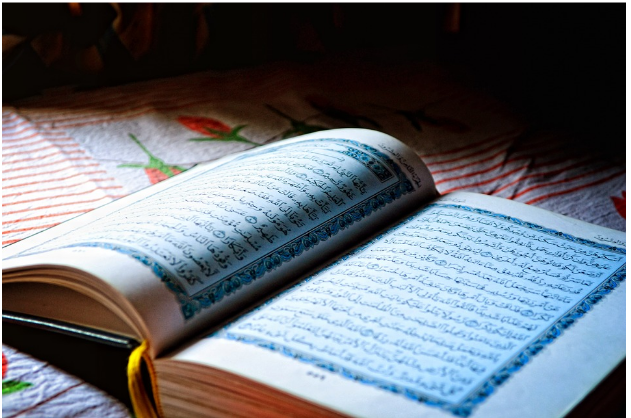Introduction
The Parsi new year is celebrated on 16th August every year. This regional holiday in India is called ‘Jamshedi Navroz,’ the King of Persia. He started the Parsi calendar, and Navroj means ‘new day.’ It is the first day of the Parsi new year celebrated by Parsis with friends and family. Many traditional food and delicacies are prepared and served along with prayers for a better year ahead. New clothes and sharing gifts are also part of this celebration. The declining Parsi population in India comes alive with these celebrations and bonding over the new year and new beginnings. This is also celebrated by Parsis living in Iran and parts of the Middle East. It is celebrated on March 21st as the first day of the year of spring equinox according to the Bastnai calendar.
History and facts around Parsi New year
Zoroastrianism is the religion followed by Parsis and founded by Prophet Zarathustra in Persia, now Iran. About 3500 years old religion and from 650 BCE, it was the official religion of Persia. Parsis follow the religion of Zoroastrianism, one of the oldest known monotheistic religions. It was founded by the Prophet Zarathustra in ancient Iran approximately 3,500 years ago. The migration of Zoroastrians started after the 7th century when the Islamic invasion began in Persia. The main countries of migration were India (mainly Gujrat) and Pakistan. The population of Parsis worldwide is about 2.6 million now, while the highest in India as estimated.
As per Iranian mythology, there are myths around Nowruz. Jamshid was the mythical Iranian King who is known to save mankind from deadly winter, which was destined to kill every living being. With the help of the throne studded with gems shining bright like the Sun, he saved everyone, and the day was the first day of Farvardin (the first month of the Iranian calendar), which continued to be celebrated as New Day or Nowruz. While the population of Parsis is declining, Nowruz or Parsi New Year was added to UNESCO’s list of Intangible Cultural Heritage of Humanity and is also one of the main faith-based events worldwide. This is a celebration that keeps the Parsi culture and Zoroastrian religion alive.

Apart from the Indian Parsi community, it is also celebrated among the Parsi population of other countries like Iran, Afghanistan, Iraq, and parts of Central Asia. Shahensahi calendar is followed by the Parsi community, which does not have any leap year.
Different rituals of Parsi New Year
Some of the traditional dishes of this day are Dhansak, Akoori, Falooda, Saffron Pulao, Patra Ni Machi, and Mawa cake. Consumption of other animals is avoided in some parts of the community. As per their tradition, the foods which have the initials starting with ‘sa’ or ‘sha’ are served, which marks the seven days of the creation of the earth. Another tradition or ritual is to signify wealth with a bowl of water, and a fire lit in it. It is a day to celebrate new beginnings and celebrate with family and friends. Cook and serve traditional and delicious food and pray for well-being in the coming year ahead. This is also like Diwali, as the house is cleaned and decorated. Since Nowruz relates to ancient Iran, it is like other religions such as Zoroastrianism and Mithraism, which have festivals linked with Sun’s light. Zoroastrianism is the religion that talks about human and nature’s connection with other concepts or ideas of good and evil.
Xenophon was a military leader, historian, and philosopher of Athens. He mentions about Nowruz celebration in Persepolis during 550-330 BCE of the Achaemenid Empire. Gifts were shared between Kings and were also referred to as the Achaemenid festival. The Hundred columns hall of the Persepolis complex was used for the purpose of the feast during the Nowruz celebration.

Conclusion
Whether it is Parsi New Year or any other, it is celebrated among people and enjoyed as the beginning and start fresh leaving behind the past. Parsi New Year carries a new beginning, traditional touch and helps revive an age-old culture coming from a long time. It is a day to celebrate and share happiness with friends and family and share traditional recipes or delicacies reviving cultural values.
Date:08/10/2022






